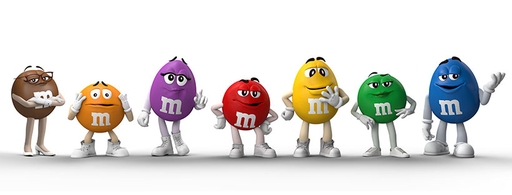Linguistic transitivity explores how language is used to interpret and communicate our experience of the world around us. Our experience of reality is translated in terms of Processes. Michael Halliday, the father of systematic functional linguistics, divided the transitivity process in into three components:
- the Process itself,
- the Participants in the process,
- and Circumstances associated with the Process.
As discussed in an earlier post that suggest a colour key for these components, Processes are generally realised by verbs and verbal groups. Processes define the kind of event being described, what is “going on”. They are generally the first thing to look for, when performing functional grammar analysis. This is because participants are identified by the Processes they are involved in.
Halliday differentiates six process types (1976). Leong Ping Alvin, in his blog posts on transitivity, developed a helpful mnemonic that is here applied and expanded into an “M&M VERB” poster as a teaching resource:

What do you see here? M&M talking (VERBalising) with each other – MMVERB
Here is a short description of the M&M VERBs. Examples can be brainstormed with the literacy learners and results compiled as a poster.
| Processes | Explanation | Examples |
| Material | process of doing (physical actions) | give, take, write |
| Mental | processes of perception, cognition, affection | like, think, see |
| Verbal | processes of communication | say, explain, ask, |
| Existential | processes signalled by there … | exist, there is … |
| Relational | processes of being and having | be, have, become |
| Behavioural | processes of human behaviour | laugh, cry, breathe |
References:
- Halliday, M. A. K. (1976). Types of process. Halliday: System and function in language, 159-173.
- Alvin, L. P. (n.d.). Transitivity. SFG Page. Website
Relevance to Australian Curriculum content descriptors:
- Year 1: Identify the parts of a simple sentence that represent ‘What’s happening?’, ‘What state is being described?’, ‘Who or what is involved?’ and the surrounding circumstances (ACELA1451)
- Year 1: Explore differences in words that represent people, places and things (nouns, including pronouns), happenings and states (verbs), qualities (adjectives) and details such as when, where and how (adverbs) (ACELA1452)
- Year 3: Understand that verbs represent different processes, for example doing, thinking, saying, and relating and that these processes are anchored in time through tense (ACELA1482)
- Year 6: Understand how ideas can be expanded and sharpened through careful choice of verbs, elaborated tenses and a range of adverb groups/phrases (ACELA1523)

